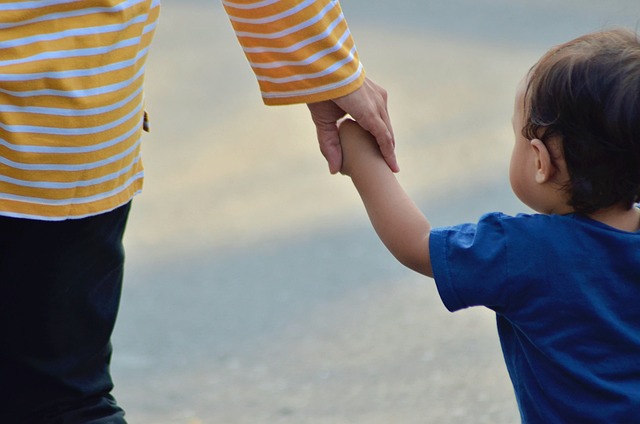Evolving fertility goals and behaviors in current US childbearing cohorts. Summary In the post-recession era, U.S. fertility rates have continued to decline . It is unclear whether these declines are due to changes in fertility goals or increasing difficulty in achieving goals. In this article, we construct synthetic cohorts of men and women to examine changes in fertility goals between and within cohorts using multiple waves of the National Survey of Family Growth. Although more recent cohorts exhibit lower achieved fertility at younger ages than earlier cohorts at the same age, expected parity remains around two children and intentions to remain childless rarely exceed 15 percent. There is weak evidence of a widening fertility gap in the early 30s, suggesting that more recent cohorts will need a considerable number of children in their 30s and 40s to "catch up" with earlier targets, yet women Low parity in their early 40s are less likely to have children which may leave their fertility desires unsatisfied. However, low-parity men in their early 40s are increasingly likely to intend to have children. Thus, declines in U.S. fertility appear to be driven largely not so much by changes in early-life fertility goals as by a decreasing probability of achieving earlier goals or, perhaps, changes at the preferred time of fertility that period measurements depress. |
Comments
Today’s young adults may have a harder time achieving their goals of having children, said Sarah Hayford, a co-author of the study and a professor of sociology at Ohio State University. The study data can’t explain why, but the results fit with evidence indicating that today’s young people don’t believe now is a good time to have children.
“It’s hard to have children in the United States right now,” said Hayford, who is also director of the Ohio State Population Research Institute. “People feel more worried about the future than they might have been several decades ago. They worry about the economy, childcare and whether they can afford to have children.”
Hayford conducted the study with Karen Benjamin Guzzo, a professor of sociology at the University of North Carolina at Chapel Hill and director of the Carolina Population Center. Their results were published online on January 10, 2023 in the journal Population and Development Review.
The researchers used data from the National Survey of Family Growth, which has been asking people about their motherhood goals and behaviors for several decades.
The NSFG doesn’t interview the same people each time, but it allowed researchers to track a group of people born at about the same time—a cohort, as scientists call these groups—as they went through their fertile years.
They looked at 13 cohorts of women and 10 cohorts of men born between the 1960s and 2000s. They were all asked how many children they planned to have, if any.
“Americans have been pretty consistent with the number of children they say they want to have from their 60s to their 2000s,” Hayford said.
“Men generally say they want slightly fewer children than women, but, like women, their preferred number of children hasn’t changed much.”
The percentage of people who said they did not plan to have children has increased, from about 5-8% in the 1960s and 1970s to 8-16% in the 1990s and 2000s. But that alone cannot explain the decrease in the number of babies born.
Hayford noted that the number of unwanted births, especially among people in their 20s, has decreased in recent decades, which has helped reduce the birth rate. “But that doesn’t change the fact that people don’t have as many children as they say they want, especially at younger ages,” Hayford said.
“It may be that they will have those children when they are 35, but maybe not.” For example, the study found some evidence that people are reducing the number of children they say they intend to have as they age. “As they get older, they may realize how difficult it is to have children and raise them in the United States and they say they only want to have one child and don’t want a second,” she said. Additionally, expectant parents may have more difficulty conceiving as they age.
Larger economic and social forces are also having an impact on birth rates. The birth rate decreased significantly during the Great Recession that began in 2008, which is a typical response to an economic downturn. However, the birth rate continued to decline even after the recession ended, Hayford said.
This study ended before COVID-19, but the pandemic was another fertility shock, at least at first. “It remains to be seen whether fertility can recover not only from the Great Recession, but also from the pandemic,” he said. For those concerned about falling birth rates in the United States, this study suggests there is no need to pressure young people to want more children, Hayford said.
“We need to make it easier for people to have the children they want to have ,” he said. “There are clear barriers to having children in the United States that revolve around the economy, childcare, health insurance.”
















